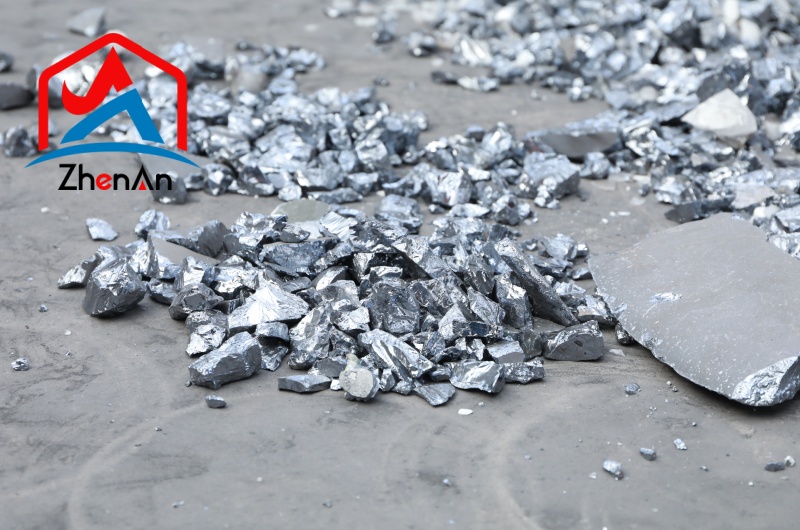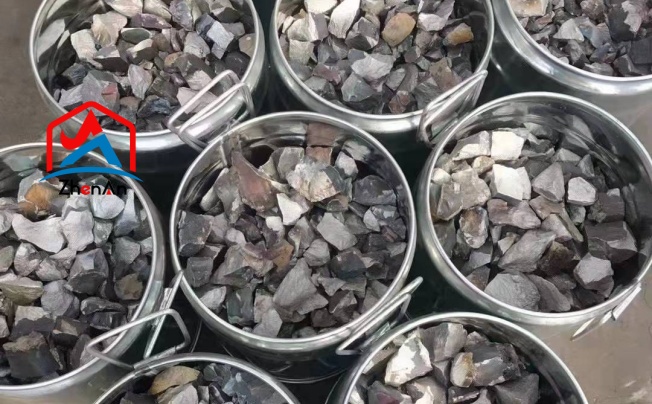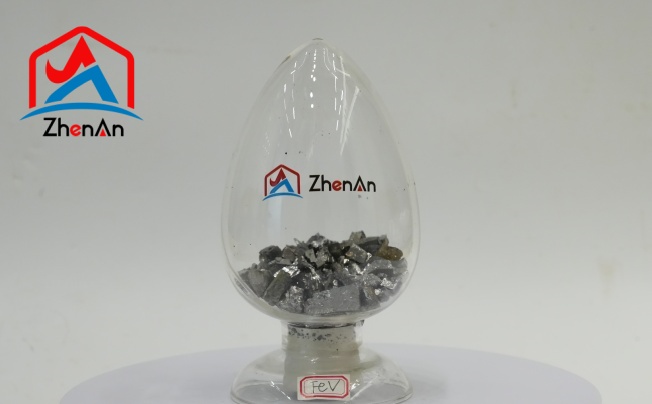BY  GENN
GENN
2024/12
Blog
Where Does Vanadium Occur Naturally?
Vanadium, a transition metal denoted by the symbol V on the periodic table, holds a remarkable place in the realm of metals due to its diverse properties and applications.
Geological Formations
Vanadium, a rare and versatile transition metal, is predominantly found in specific geological formations worldwide. One of the primary locations where vanadium is commonly unearthed is in igneous rocks.
These rocks are formed through solidifying and cooling magma or lava, providing an ideal environment for the concentration of vanadium-rich minerals. Igneous rocks such as basalts and gabbros often contain significant amounts of vanadium, making them valuable sources of this essential element.
Vanadinite Deposits
Another intriguing source of vanadium is vanadinite deposits scattered across various countries. Vanadinite, a vibrant red mineral composed of lead chlorovanadate, serves as a rich reservoir of vanadium. Countries like Morocco, Mexico, and the United States boast sizable vanadinite deposits, attracting mineral enthusiasts and researchers with their striking coloration and mineral composition.
The Enigmatic Titaniferous Magnetite Ores
Titaniferous magnetite ores represent a noteworthy category of ores containing substantial levels of vanadium. These ores are characterized by their high titanium content along with notable concentrations of iron and vanadium. Titaniferous magnetite ores are commonly found in layered intrusions associated with mafic to ultramafic igneous rocks, offering a unique geological context for extracting valuable vanadium alongside other critical elements like titanium and iron.
Specific Locations of Natural Vanadium Deposits
- South Africa
South Africa is a prominent player in the global vanadium market, with the Bushveld Complex standing out as a major source of vanadium. This igneous intrusion stretches over 450 kilometers and is known for its rich deposits of vanadiferous minerals.
The Bushveld Complex’s layered structure has created ideal conditions for the concentration of vanadium, making it one of the most significant sources of this valuable metal in the world. In addition to the Bushveld Complex, South Africa boasts other regions with significant vanadium deposits.
The country’s diverse geological landscape provides various opportunities for vanadium exploration and extraction. Regions like Gauteng and Limpopo have also been identified as areas with notable concentrations of vanadium-rich ores, further solidifying South Africa’s status as a key player in the global vanadium supply chain.
- Russia and China
Russia and China are two powerhouse nations when it comes to vanadium production. In Russia, key vanadium mining areas include regions like Kachkanar and Yuzhny Kombinat, where vast reserves of vanadiferous ores are found. These deposits have fueled Russia’s position as one of the top producers of vanadium globally.
Similarly, China has established itself as a major player in the global vanadium market, with significant mining areas located in provinces such as Hunan and Sichuan.
- United States and Canada
In North America, both the United States and Canada host important reserves of vanadium titanomagnetite. Particularly in regions like Quebec in Canada and Minnesota in the United States, these ore bodies contain substantial amounts of titanium and iron along with valuable traces of vanadium.
Hydrometallurgical Processes for Extracting Vanadium from Ores
Hydrometallurgical processes are commonly used for extracting vanadium from ores due to their efficiency and versatility. One of the primary methods in this category is leaching, where ores are treated with acids or alkaline solutions to dissolve the vanadium content.
Acid leaching, typically using sulfuric acid, is a widely employed technique that can effectively dissolve vanadium compounds from various ores. Alkaline leaching, on the other hand, utilizes alkaline solutions such as sodium hydroxide to extract vanadium under specific conditions.
Solvent extraction techniques play a crucial role in separating vanadium from other metals present in the leach solution. This process involves the use of organic solvents that selectively bind with vanadium ions, allowing them to be separated from impurities like iron, aluminum, and titanium.
Through a series of extraction and stripping stages, vanadium can be isolated and purified to high levels of concentration. Solvent extraction has proven to be an efficient method for recovering vanadium economically from complex ore sources.
Pyrometallurgical Processes for Smelting and Refining Vanadiferous Materials
Pyrometallurgical processes offer an alternative route for extracting vanadiferous materials by subjecting them to high-temperature treatments. Smelting involves heating the ore concentrate along with a reducing agent in a furnace to separate metallic components from gangue minerals.
Vanadium-rich feed materials undergo reduction reactions at elevated temperatures to produce metallic vanadium that can be further refined through subsequent processing steps. High-temperature reduction methods are pivotal in converting complex compounds like vanadiferous titanomagnetite into pure metallic vanadium.
By utilizing carbon or other reducing agents at temperatures exceeding 1600°C, chemical reactions drive the reduction of oxides and sulfides present in the ore concentrate. The resulting product is a molten mass containing metallic vanadium that can be cast into desired shapes or further processed into commercial-grade products.
Applications and Uses of Naturally Occurring Vanadium
Steel Production: Enhancing Strength and Corrosion Resistance
Vanadium plays a pivotal role in the global steel industry, where it is primarily used as an alloying element to enhance the strength and corrosion resistance of steel. By adding small amounts of vanadium to steel, manufacturers can significantly improve its mechanical properties, making it more durable and able to withstand extreme conditions.
Vanadium helps to refine the grain structure of steel, increasing its tensile strength and toughness. This makes vanadium-containing steel ideal for applications in construction, automotive manufacturing, tool making, and aerospace industries where high-performance materials are essential.
Energizing the Future with Vanadium Redox Flow Batteries
In recent years, vanadium has gained attention for its role in energy storage technologies specifically through vanadium redox flow batteries (VRFBs). These innovative batteries store energy by using vanadium ions in different oxidation states dissolved in an electrolyte solution.
VRFBs are known for their long lifespan, high efficiency, and scalability, making them ideal for grid-level energy storage applications. By storing excess renewable energy during periods of low demand and discharging it when needed most, VRFBs help stabilize power grids while promoting the transition towards clean and sustainable energy sources.












